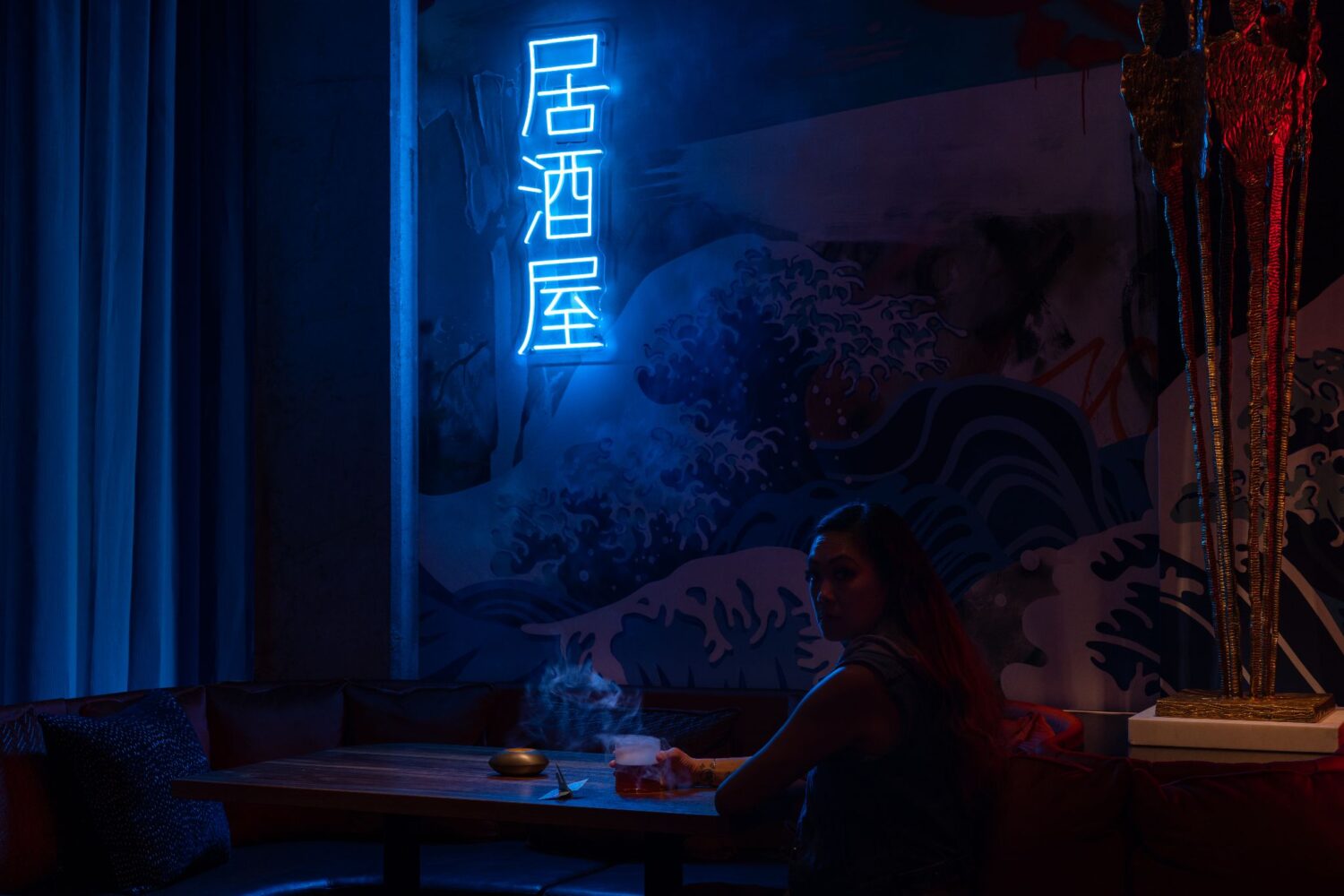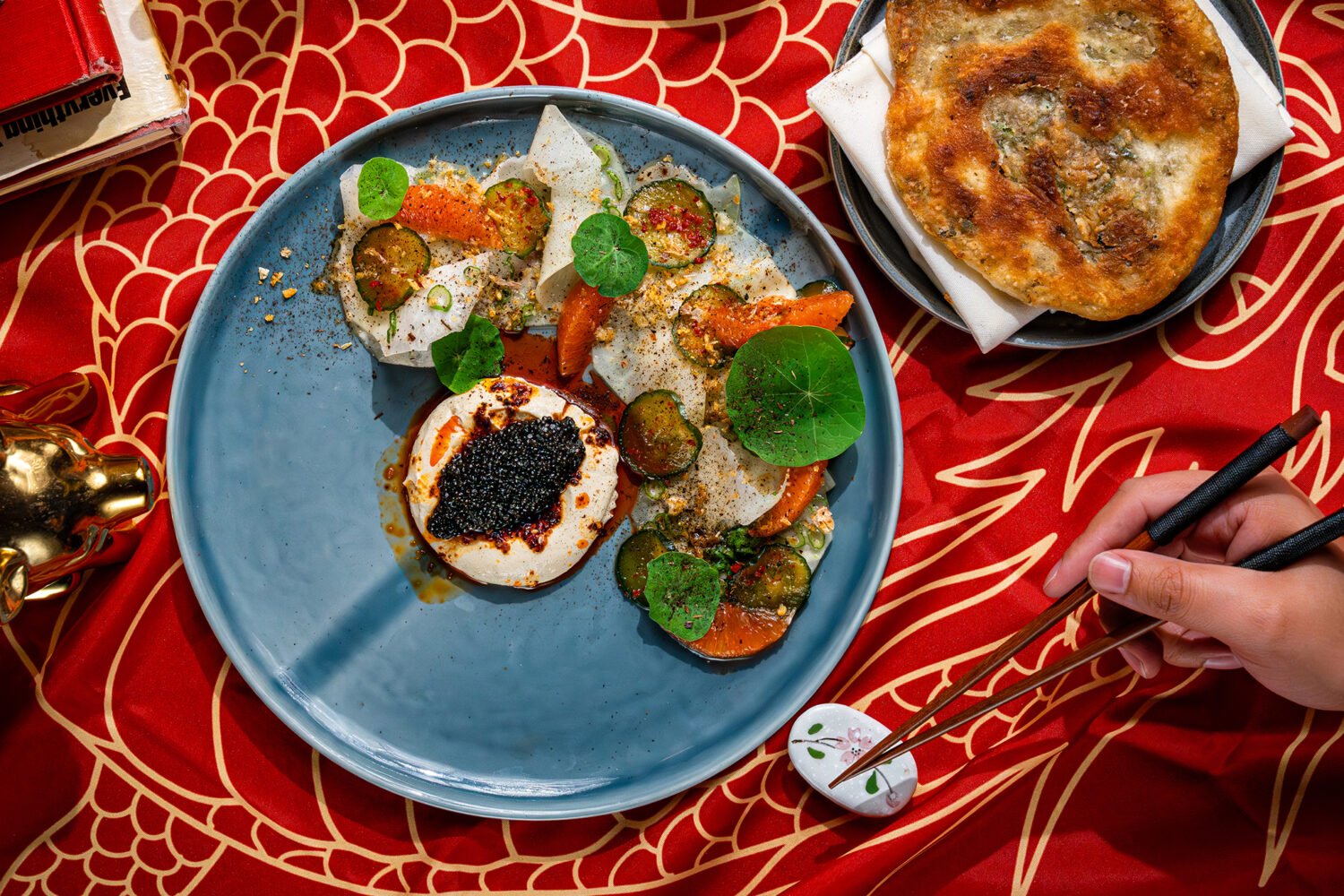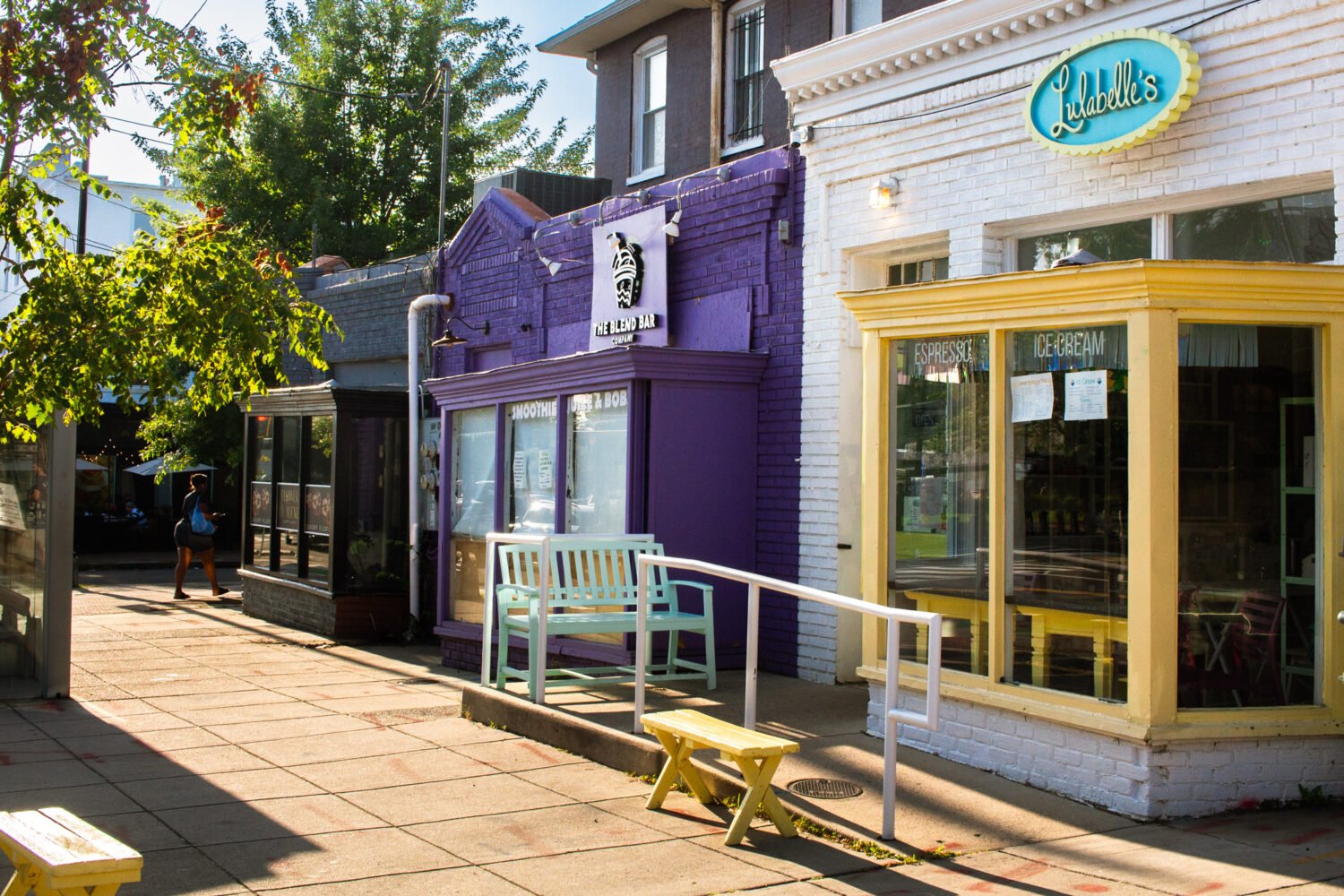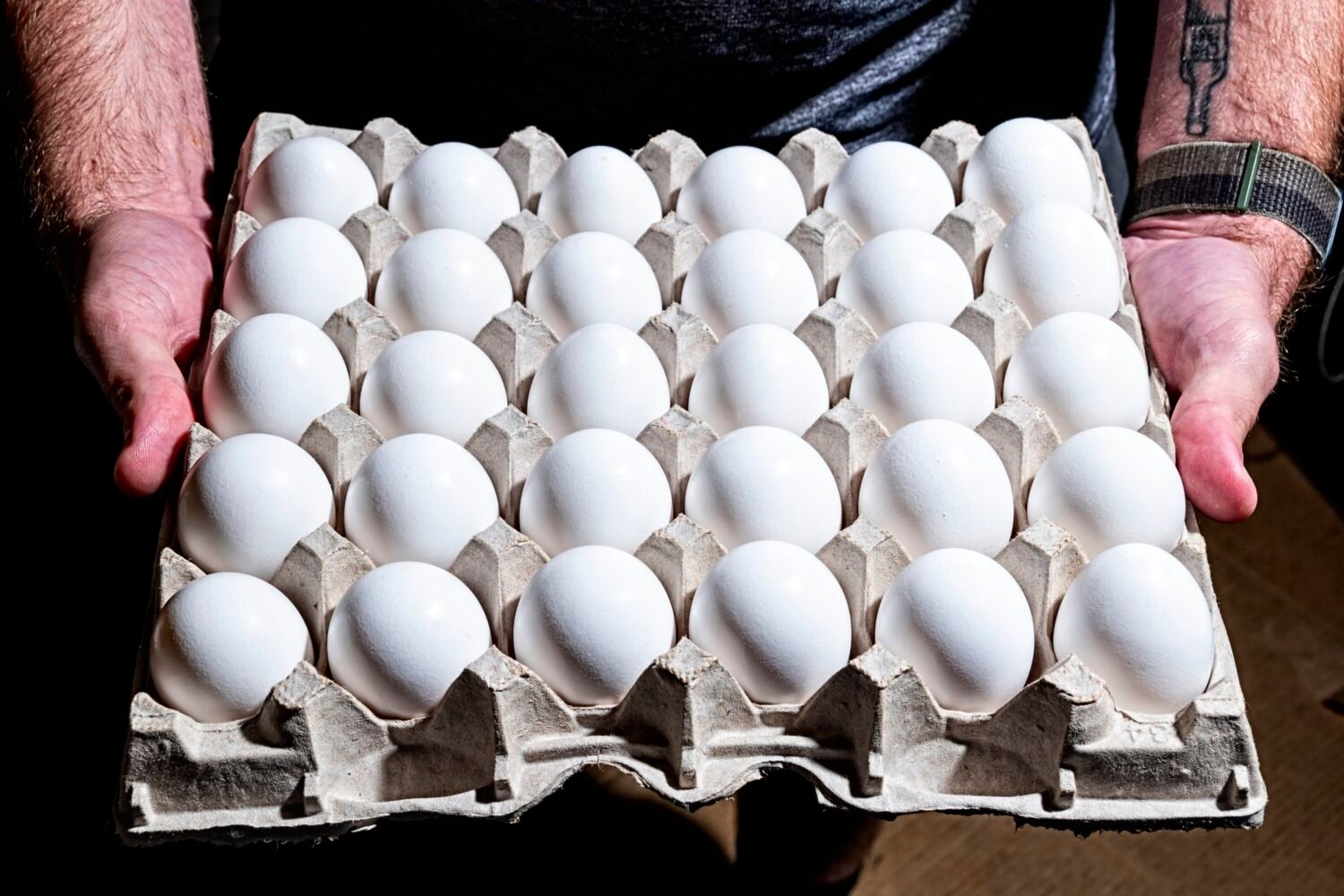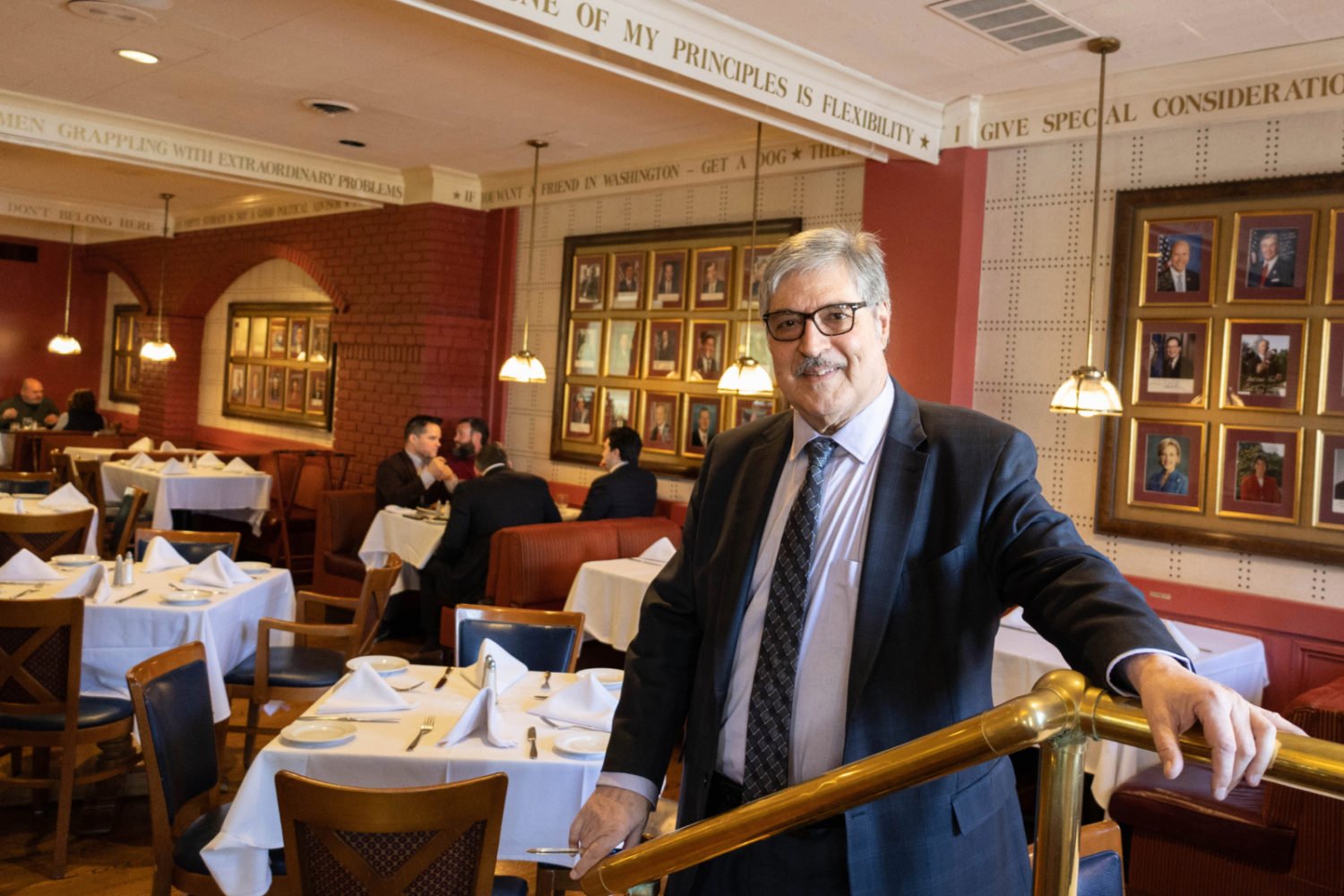DC’s vibrant restaurant scene is known for its diversity—but local disability advocates say it could do better when it comes to inclusivity. While the Americans with Disabilities Act requires restaurants to be “readily accessible” to people with disabilities, many of DC’s restaurants are housed in historic buildings that are exempt from it. That can make things difficult for the District’s 115,456 adults with disabilities—equal to 22 percent of the city’s population.
Here’s what four disability advocates had to say about their DC dining experiences.
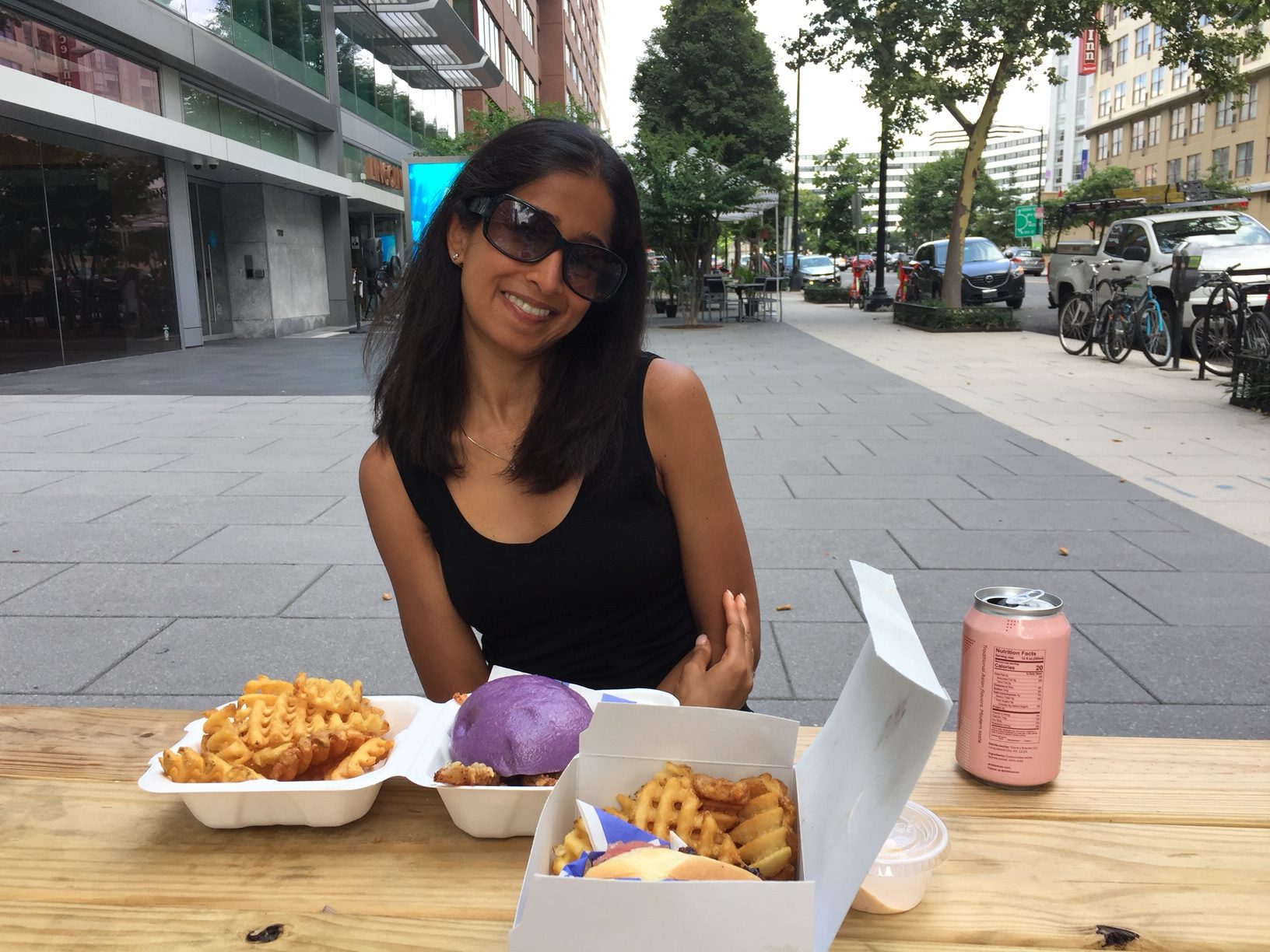
Qudsiya Naqui, host of Down to the Struts, a podcast about disability and design
One of the most common issues Qudsiya Naqui runs into while trying to eat out is simply accessing the menu. As a legally blind person, Naqui has never been offered a braille menu (although she doesn’t read braille) or a large print version. While more restaurants are using QR codes and online menus, those menus aren’t always accessible to her either. QR codes, Naqui says, can sometimes be useful—but only if the online menus are set up to be accessible to her screen-reader.
Naqui’s favorite restaurants are the ones—like Afghan restaurant Lapis and Azerbaijani bakery Sharbat, both in Adams Morgan—where staff are willing to accommodate her by reading the menu out loud. Both also have accessible menus online. Brightly lit restaurants, like Filipino burger spot Pogiboy, also make it easier for her to navigate spaces with her limited vision. But she says she has never been to a restaurant in DC that has felt fully accessible to her.
“If I knew a restaurant was fully accessible—wheelchair accessible, bathrooms accessible, braille menu—I’d be so excited to give my financial support to that establishment,” Naqui says. “There’s a market, and a clientele, for restaurants that do that. It’s so rare.”
For other disabled patrons, Naqui recommends the app AccessNow, which allows users to find and rate accessibility of restaurants and other public spaces. She encourages restaurants coming into existing spaces to consider things like widening entrances or adding ramps for wheelchair users. For restaurants creating their spaces from scratch, Naqui says accessibility should be part of the design process: “Access is something that should be baked in, not bolted on as an afterthought.”

Mia Ives-Rublee, director of Disability Justice Initiative at Center for American Progress and founder of Women’s March Disability Caucus
The door to one of Mia Ives-Rublee’s favorite restaurants, Centrolina, is far too heavy for her to easily open—but the staff at the CityCenterDC Italian spot will often see her coming and open it before she even gets there. “They’re always two steps ahead of me,” says Ives-Rublee, a wheelchair user.
But for Ives-Rublee, that hasn’t been the norm: “I’m so used to having restaurant people get angry at me for bringing my service dog, that when I don’t get any grief, it’s a pleasant experience.”
Ives-Rublee says she hasn’t been to a DC restaurant that has felt designed with inclusivity in mind. While outside restaurant spaces are important for people with disabilities, as many are at higher risk for worse Covid outcomes, Ives-Rublee says some restaurants have built outdoor spaces during the pandemic which have impeded sidewalks and routes for wheelchair users.
Certain neighborhoods, like Logan Circle and NoMa, teeming with newer buildings, are more likely to be accessible to Ives-Rublee than Georgetown or the H Street Corridor. Narrow spaces, staircases, and even a single step can make it difficult for her to access a space. “One of the most annoying things I’ve run into is people telling me that there are no steps, or that a place is accessible. You get there, and the front door is not accessible. There’s a step, or something like that. You have your friend go in and say, ‘hey, we called here and you said it was accessible.’ And they say ‘oh…it’s just one step.’”

Jenny Cavallero, interim manager at D.C. Public Library’s Center for Accessibility
Jenny Cavallero’s rheumatoid arthritis usually doesn’t prevent her from accessing restaurants—so when she started using a walker while recovering from hip surgery, she says the experience was eye-opening: “I had to really think about restaurants that I frequent in a different way, because I’m used to just getting up and walking,” she says. “I had to think about, ‘Oh, does this restaurant have stairs? Is the bathroom accessible? Are the aisles super narrow?’”
Cavallero says her experience demonstrates how important it is to put accessibility information on restaurant websites, as different people with disabilities have different needs—and, in her case, those needs can change. It’s often on Cavallero to call up the restaurant and ask, and the person answering the phone doesn’t always have the answer.
Having accessibility information readily available, Cavallero says, can help make people with disabilities feel more included—and it can prevent frustrating experiences. Cavallero pointed to the project of local musician Sean Gray, who created the website Is this Venue Accessible? as an example of how to make information available.
“There is no place that people with disabilities don’t belong,” Cavallero says. “There’s only places where they’re excluded.”

Ryan Maliszewski, CEO of Mozzeria
Ryan Maliszewski says Mozzeria, the Deaf-owned and -operated pizzeria on H Street, wasn’t just built to be accessible for using American Sign Language—it was built to be accessible to as many people as possible.
“We do get a lot of customers who are deaf and who have other physical disabilities, or are in a wheelchair as well, and they’re thankful for us having put that thought behind the universal design space,” says Maliszewski, who is Deaf himself and communicated with Washingtonian through an interpreter.
Universal design refers to the process of making buildings accessible to all people, regardless of ability. Mozzeria’s brightly-lit space and open floor plan makes it easier for the staff to communicate in American Sign Language while also benefiting people with impaired vision or mobility issues. Many of Mozzeria’s tables are wheelchair-accessible, and the bar counter has a lower area for people who use wheelchairs or have differing height requirements. For customers who are blind or are visually impaired, Mozzeria uses a text to audio app. Some of Mozzeria’s staff have experience with Protactile, a tactile language used by people who are both deaf and blind.
Maliszewski acknowledges that not every restaurant has the space or the resources to provide certain accessibility tools. Mozzeria doesn’t offer braille menus, which are expensive, and the restaurant is still researching ways it could provide them. But Maliszewski says one thing every dining spot can do is train staff on how to accommodate people with varying disabilities and needs.
“Customers that go to restaurants don’t only go for the food,” he says. “They go for the experience itself as well.”





